We may earn money or products from the companies mentioned in this post. This means if you click on the link and purchase the item, I will receive a small commission at no extra cost to you ... you're just helping re-supply our family's travel fund.
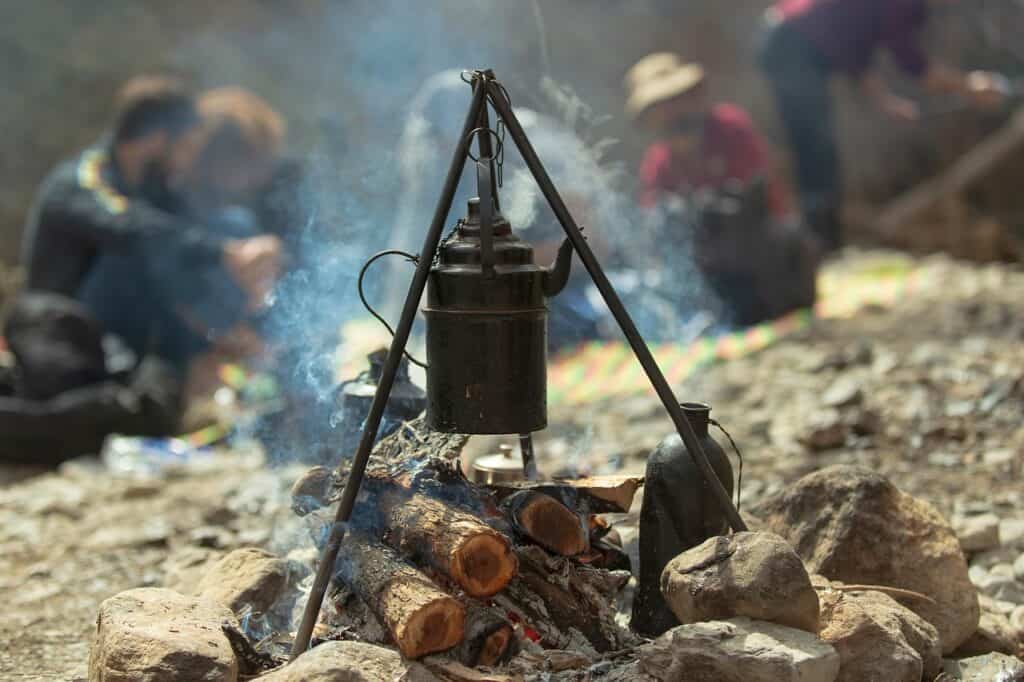
You plan your next trip, excited for new sights, food, people. But safety is no luxury-it’s fundamental. In 2025 more travelers are rethinking long-held bucket-list spots. Because in many places the risks are growing: armed conflict, political instability, or even climate-related disasters now pose real threats. This article lays out 12 destinations increasingly avoided by informed travelers. For each, we’ll examine what makes them risky, warnings issued, and what you should know before you go (or decide not to).
1. Central Papua & Highland Papua, Indonesia
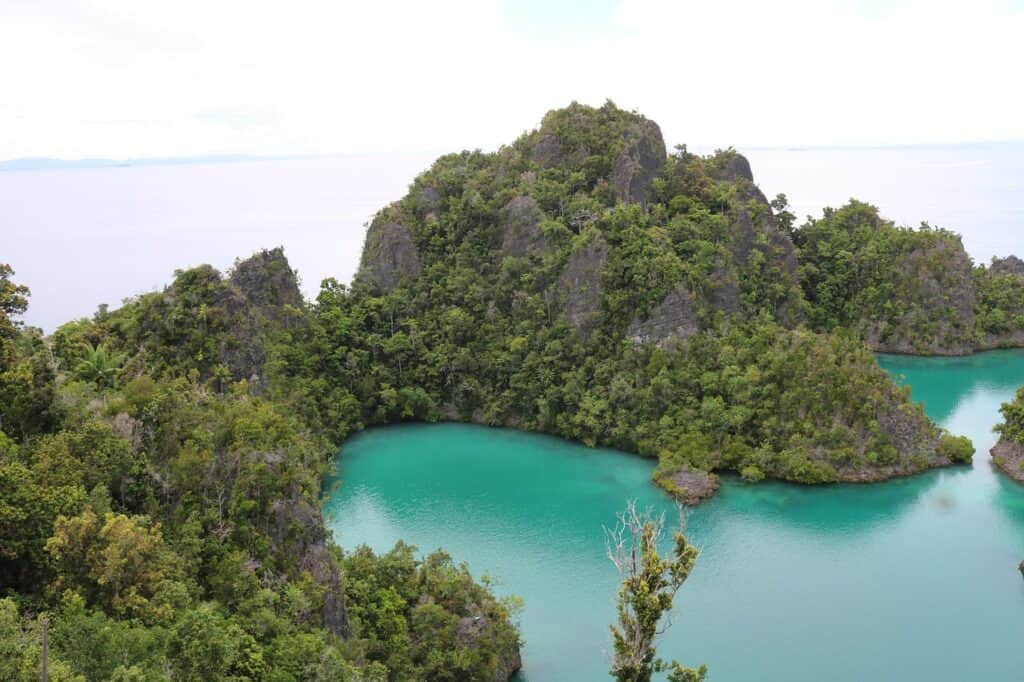
These provinces in Indonesia-Central Papua and Highland Papua have been flagged as “Do Not Travel” by U.S. authorities. Violent demonstrations have become more frequent. Separatist groups operate in many rural areas. Kidnappings of foreigners are a documented risk. Infrastructure is weak; medical facilities are sparse. Emergency response is limited. You may need special authorization to travel in or near these areas. If you must go, avoid protests and crowds and monitor local news closely.
2. Afghanistan
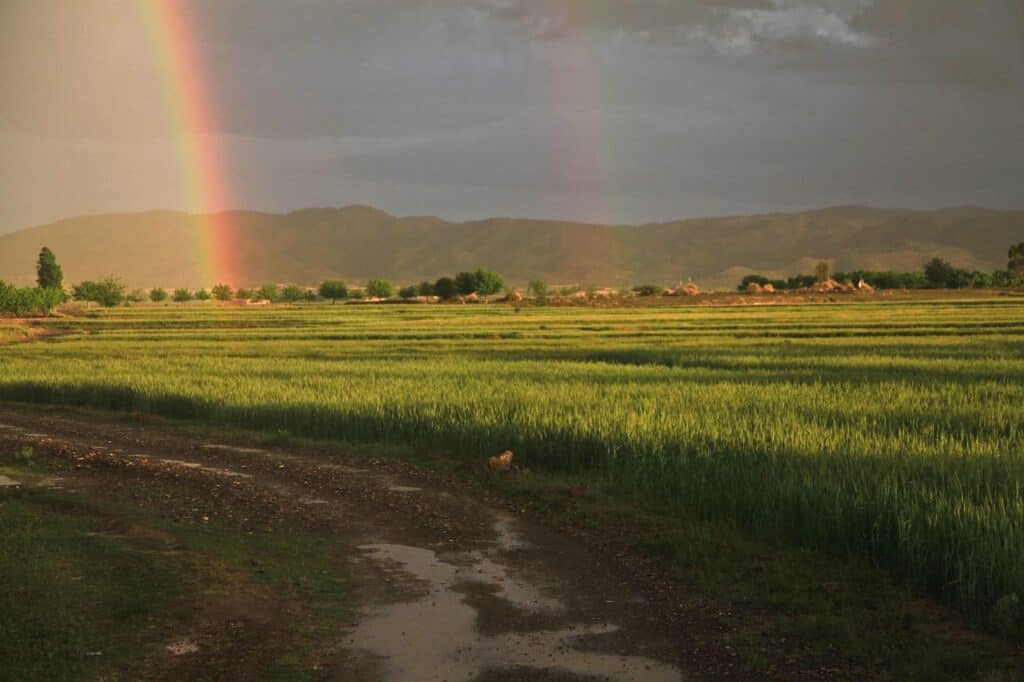
Conflict is ongoing; terrorists control or contest large swathes of territory. Getting caught in crossfire isn’t a hypothetical. The risk of kidnapping, targeted violence, bombings persists. Limited rule of law and poor infrastructure make medical evacuation or assistance difficult. Even main routes and streets are often unsafe. You’ll also face challenges in movement many roads, checkpoints, and borders may be closed or unpredictable. Official advisories warn citizens of many countries to avoid non-essential travel.
3. Syria
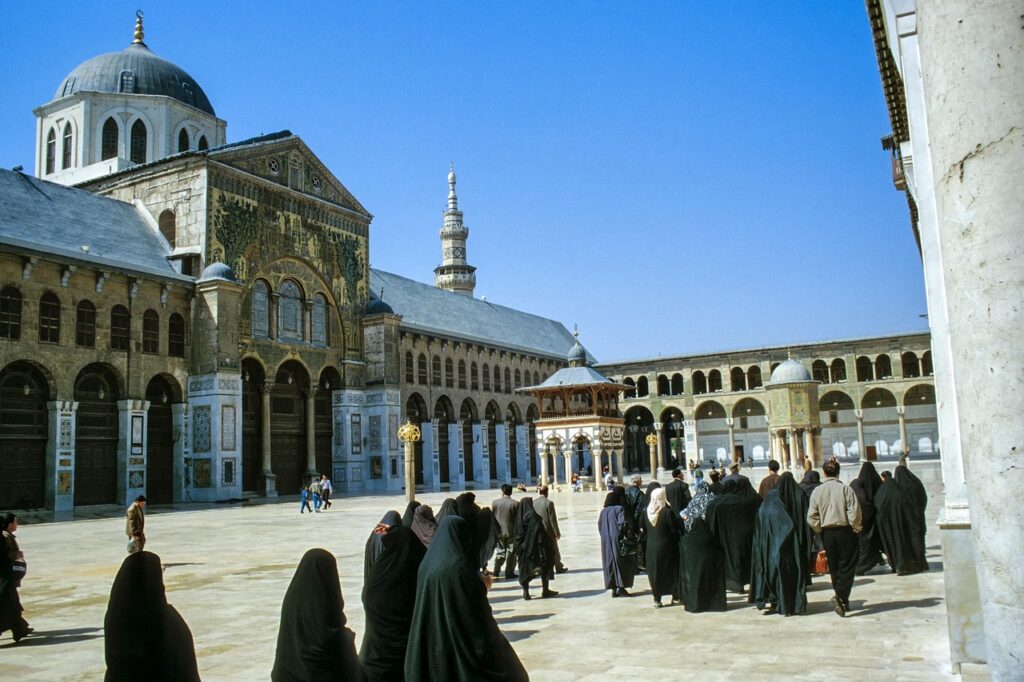
A decade of war has left some areas bombed out, others controlled by non-state actors. Even where peace seems stable, risk of terrorist attacks, sudden clashes, or landmines is high. Infrastructure (roads, hospitals, utilities) is unreliable. Security forces may be fragmented; governance is inconsistent. Foreign travelers may be subject to arbitrary detention or violence. Governments often warn that emergency help will be limited or unavailable in many zones.
4. Yemen

Yemen remains in the grip of civil war and humanitarian crisis. Airstrikes, missile attacks, ongoing fighting make many regions actively dangerous. Health services are overwhelmed. Food, clean water, medical supplies are scarce in many areas. Travel is impeded by checkpoints, restricted movement. Foreigners may have trouble accessing safe routes or even evacuating. Countries globally advise against any travel to the country.
5. Burkina Faso
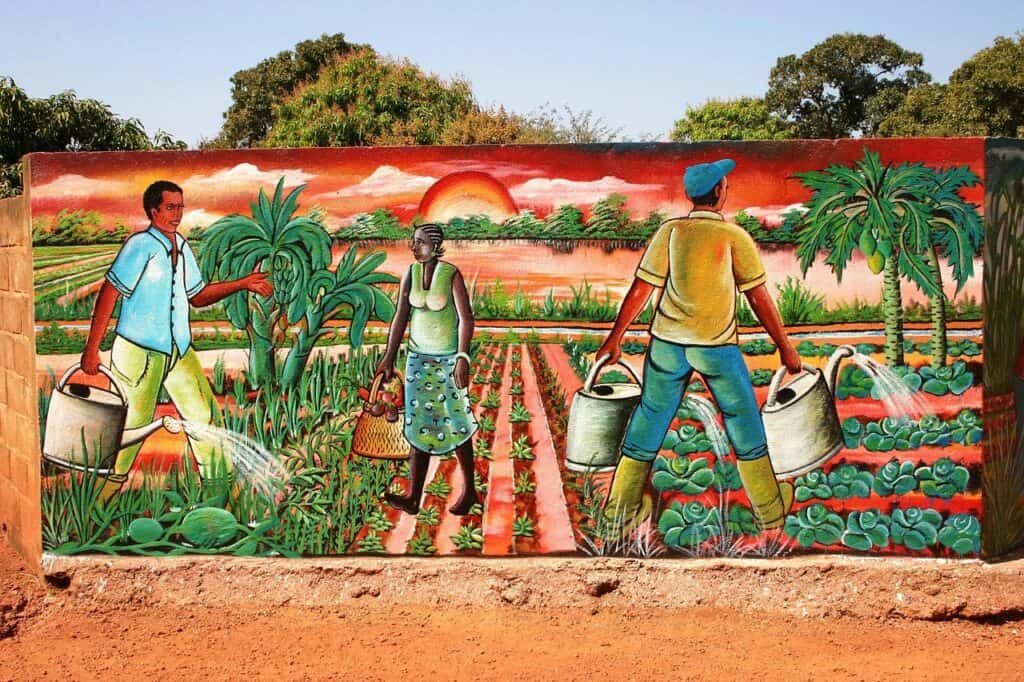
In Burkina Faso, terrorist activity has spread in the north and east. Armed groups carry out attacks with little warning. Kidnapping is a problem, especially in remote areas. Travel infrastructure is risky: roads may be blocked, aid or medical services often far. You may face vehicle theft, ambushes. Regional instability spills into civilian life. Governments from many nations now discourage or prohibit travel there.
6. North Korea
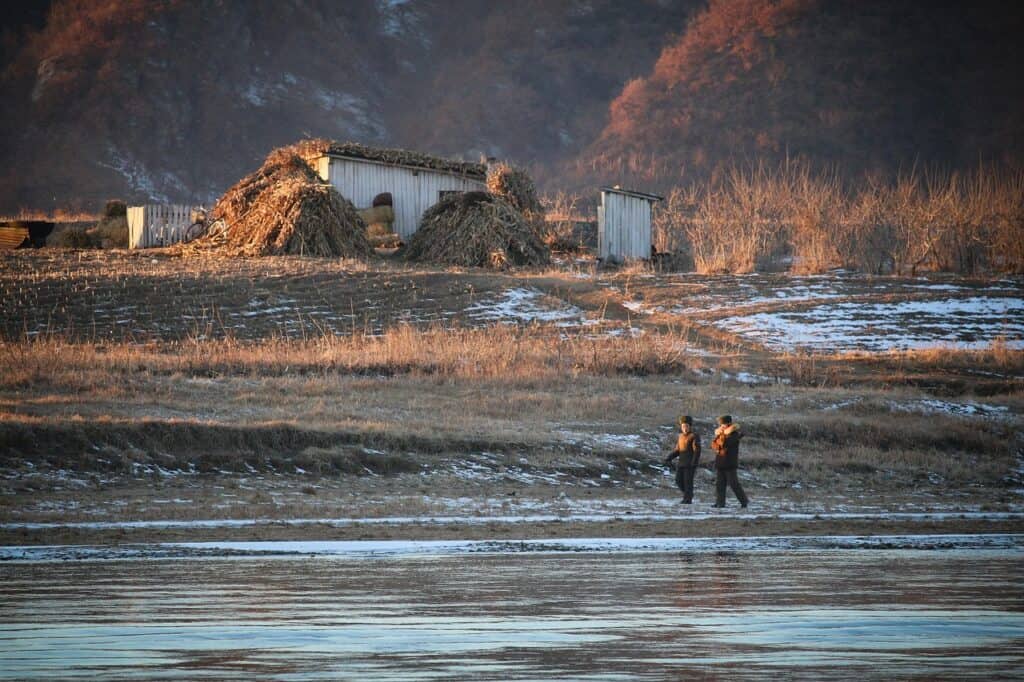
The risks here are different but severe. Arbitrary detention is a real danger. The government strictly controls movement, speech, and foreign visitors. Legal protections for visitors are minimal or non-existent. Consular access and emergency aid may be impossible. Any misstep real or perceived can lead to serious consequences. Travel advisories for many countries remain that you should avoid going unless absolutely necessary.
7. Haiti

Political instability, violence, gang control of certain neighborhoods have made many urban zones dangerous. Kidnappings and armed robbery happen even in daylight and sometimes in areas tourists might assume safe. Infrastructure challenges power outages, poor roads, limited healthcare exacerbate basic safety risks. Travel warnings urge caution, especially in Port-au-Prince and other large cities.
8. Venezuela
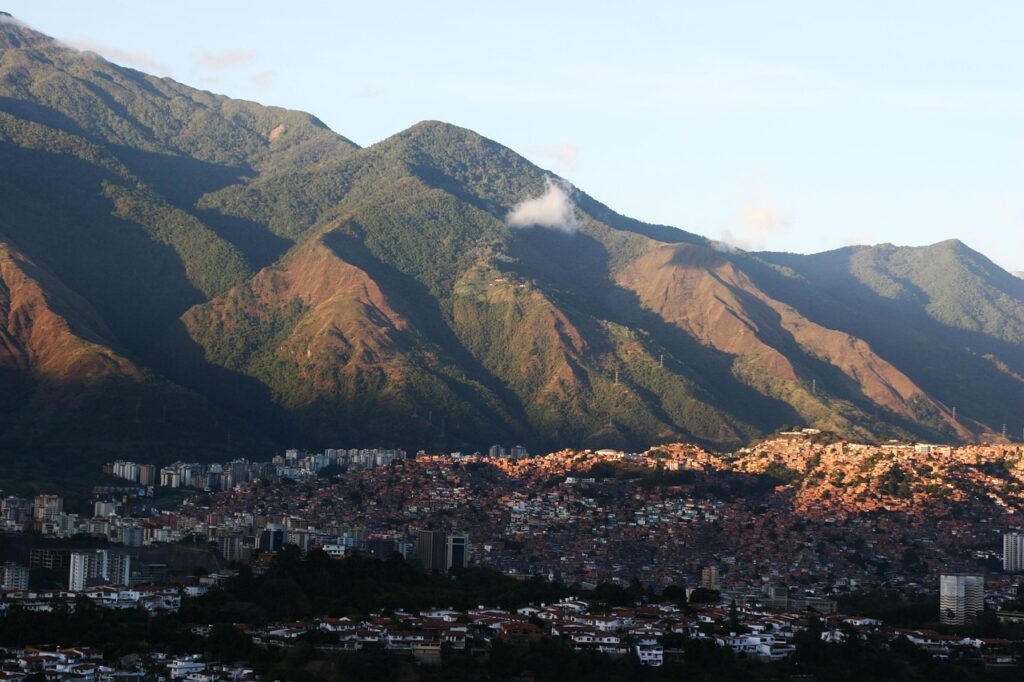
Crime, inflation, scarcity of essentials, and weak public services are major risks. Outside major, heavily trafficked areas trust networks may be unreliable. Many official warnings mention risk of violent crime (street crime, kidnapping, armed robbery). Hospitals may lack supplies; infrastructure may be degraded. Political protests may erupt unexpectedly. Foreigners may also face bureaucratic obstacles.
9. Mali
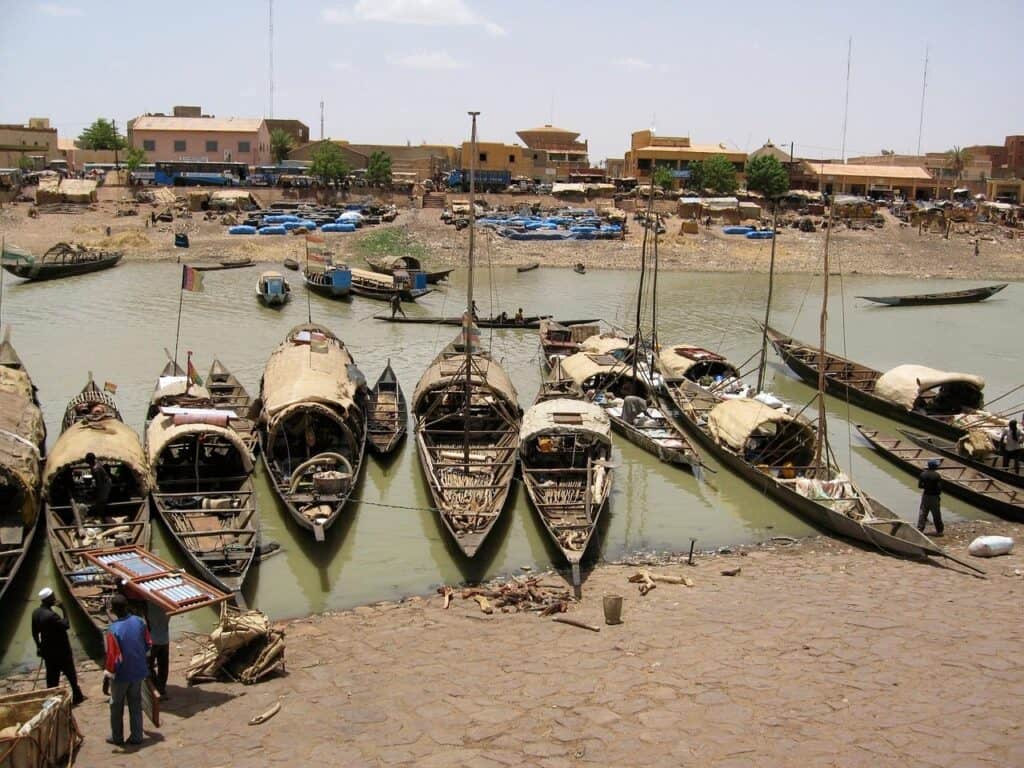
Armed conflict, terrorism, intercommunal violence continue to affect large parts of Mali, especially in the north. Kidnapping is not uncommon. Many regions suffer from poor roads, limited telecom, and health system breakdowns. The government’s control is weak in remote areas. Travel advisories urge you to avoid travel there. Even heading through Mali as transit may carry risk.
10. Russia & Ukraine (conflict regions)

Ukraine: active war zones still exist. Missile attacks, shelling, movement restrictions, destroyed infrastructure. Even outside front-line zones, risk from unexploded ordnance, air alerts, disrupted transport is high. Russia: depending on region, you may face arbitrary enforcement of laws, difficulties with visas, or political risk. Many warnings caution that consular or legal aid may be limited.
11. Iran

Travel advisories warn of risk of arbitrary arrest and detention, especially for foreign nationals. Political protests can turn violent. Laws may be enforced unpredictably, especially for behaviour seen as dissent or criticism. In some regions, security forces are heavily deployed. Healthcare outside major cities may not meet international expectations. Social norms and local laws may be strict in ways you don’t expect.
12. Somalia
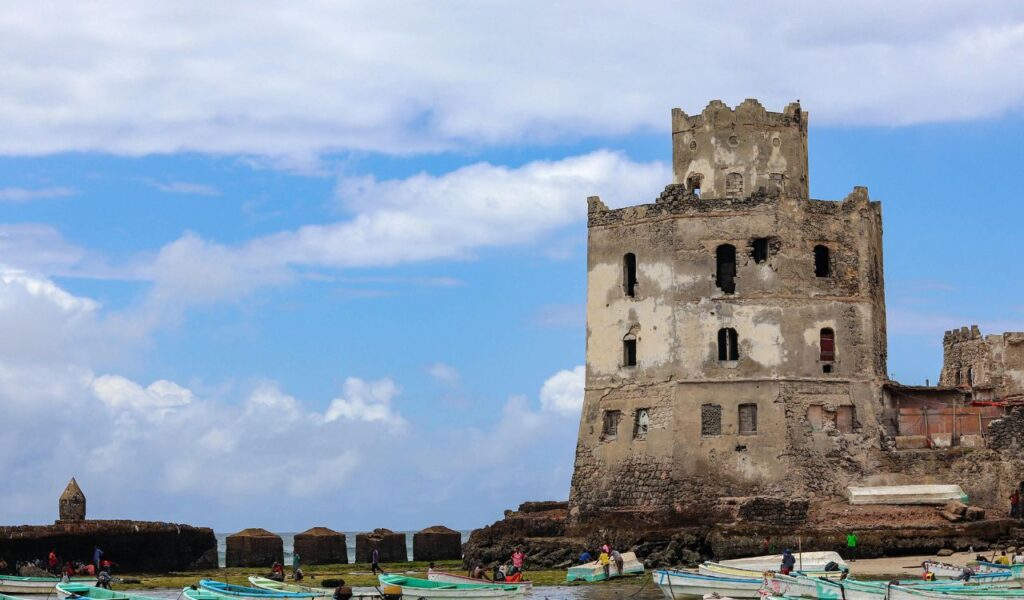
Somalia faces multiple threats: terrorism, piracy, clan violence, weak central authority in many areas. Some maritime routes are dangerous. Kidnappings are a serious concern. Public services are lacking. Informal local governance makes knowing whom to trust difficult. Many governments recommend avoiding all travel to Somalia